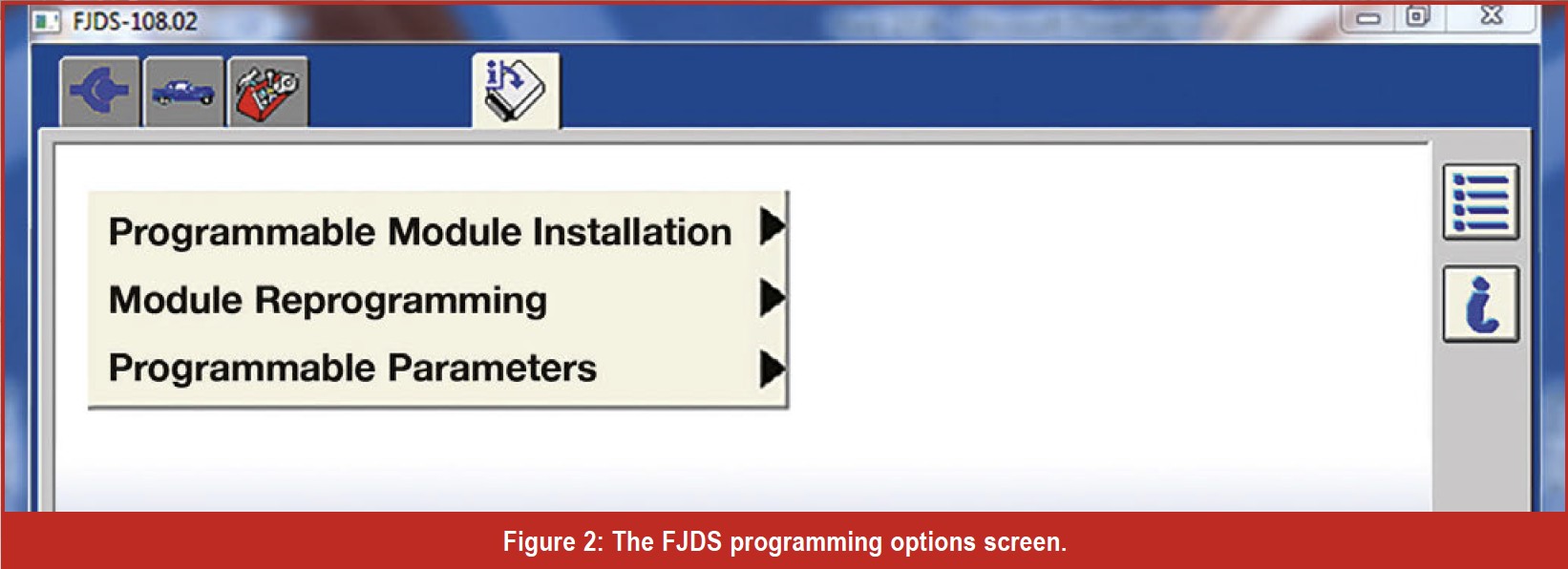Ford offers a comprehensive suite of diagnostic and programming software solutions for both professional technicians and vehicle enthusiasts. This article delves into the key differences between FDRS (Ford Diagnosis and Repair System) and FJDS (Ford J2534 Diagnostic Software), outlining their functionalities, subscription options, and use cases. Understanding these distinctions will help you choose the right tool for your Ford vehicle needs.
Diving into FDRS and FJDS
Ford’s commitment to providing comprehensive diagnostic and programming capabilities is evident in its software offerings. While both FDRS and FJDS allow access to critical vehicle data, they cater to different user needs and interface types.
FDRS: The Comprehensive Solution
FDRS is Ford’s flagship diagnostic and programming platform, designed for use with both original equipment (OE) Ford interfaces and J2534 pass-thru devices. It offers complete coverage for all Ford modules, including powertrain, chassis, body, and network systems. FDRS supports both diagnostics and programming for a wide range of Ford vehicles, from older models to the latest releases. This makes it the ideal solution for professional technicians who require comprehensive functionality and the ability to work on a diverse fleet of vehicles. Key features include module programming, key programming, vehicle configuration, and access to detailed service information.
FJDS: The J2534 Solution
FJDS is specifically designed for use with J2534 pass-thru devices, offering a more affordable solution for independent repair shops and vehicle owners. While it provides access to module programming and some diagnostic capabilities, its coverage is generally limited to emissions-related controllers and certain other modules. Historically, FJDS supported Ford vehicles dating back to the 1996 model year. For newer models (2018-present), FJDS functionality overlaps with FDRS, providing both diagnostic and programming access when used with a compatible J2534 device.
Subscription Options and Cost
Both FDRS and IDS/FDRS subscriptions are available in various durations: 2-day, 30-day, and 365-day increments. Pricing varies based on the chosen package and duration. Choosing the right subscription depends on individual needs and frequency of use. Professional technicians often opt for annual subscriptions for continuous access, while DIYers might find short-term subscriptions more cost-effective.
Module Programming and As-Built Data
Both FDRS and FJDS facilitate module programming, allowing for software updates, module replacements, and configuration changes. When replacing a module, the software will attempt to “inhale” data from the original module. If the original module is unavailable, as-built data can be manually entered.
Accessing as-built data, crucial for configuring replacement modules, is available through Ford’s website. This data represents the factory settings for a specific vehicle and ensures proper module functionality after replacement.
Anti-Theft (PATS) Functions
Ford’s Passive Anti-Theft System (PATS) adds an extra layer of security to its vehicles. Both FDRS and FJDS allow for performing certain PATS functions, such as key programming. However, newer vehicles may require locksmith identification (LSID) and registration as a Vehicle Security Professional (VSP) for certain procedures.
Choosing Between FDRS and FJDS
Selecting between FDRS and FJDS hinges on your specific requirements. FDRS offers a comprehensive solution with broader vehicle coverage and functionality, making it suitable for professional technicians. FJDS, on the other hand, provides a more cost-effective alternative for focused tasks, primarily using a J2534 interface. Considering your budget, the types of Ford vehicles you work on, and the complexity of repairs will guide you towards the appropriate choice. For comprehensive diagnostics and programming across a wide range of Ford vehicles, FDRS is the clear winner. If budget is a primary concern and your work primarily involves module programming with a J2534 device, FJDS may be a suitable alternative.

